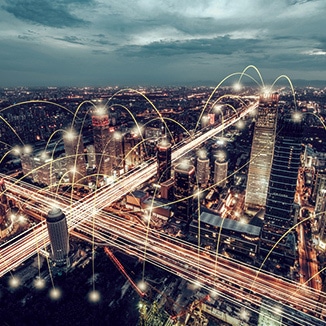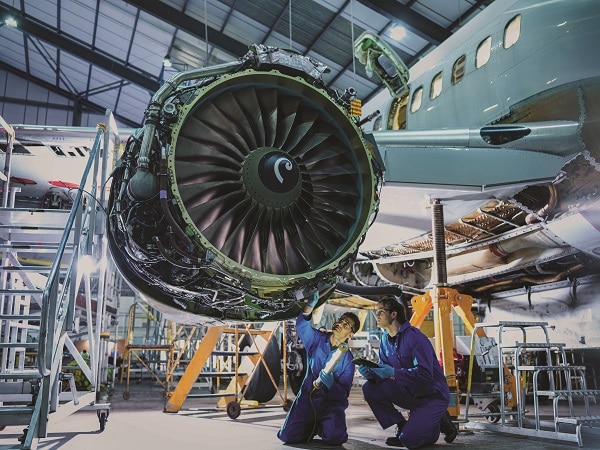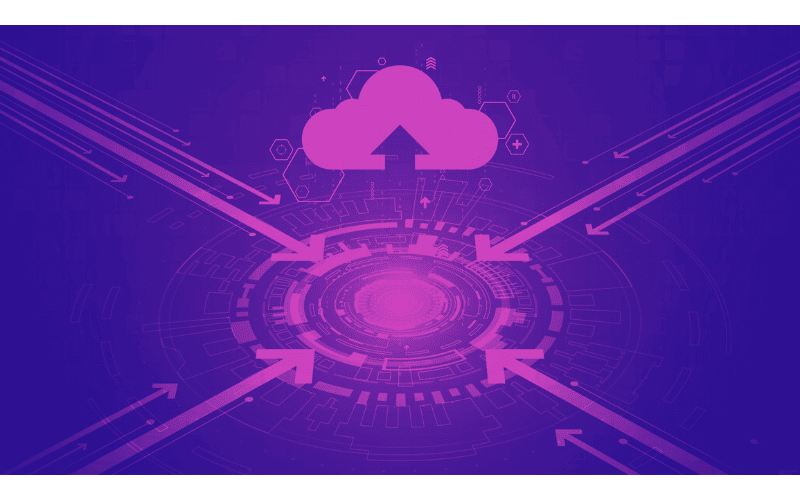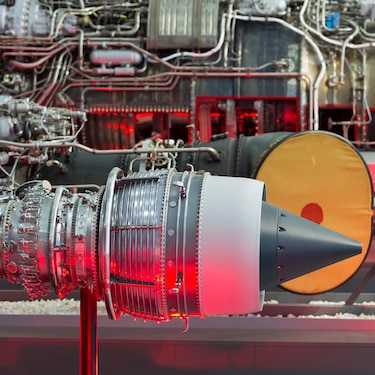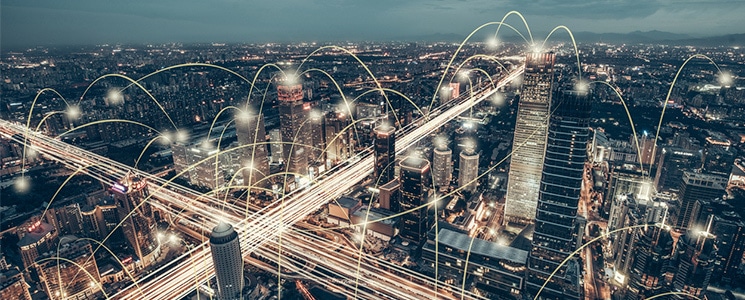
The Internet of Things (IoT) concerns sensors and other computing devices embedded in everyday objects, enabling them to send and receive data over the internet. According to Statistica, there are currently more than 20 billion IoT devices currently in operation. Within a few years, that will rise to over 50 billion.
Many IoT devices are found in the industrial sector, creating what is known as the Industrial Internet of Things (IIoT). The IIoT encompasses sensor data, machine learning, big data technology and automation technologies. It is already exerting a profound impact on manufacturing, specifically in the aerospace and defense industry.
This blog explores seven important predictions for IIoT based on recent research and thought leadership specific to the aerospace and defense industry.
7 Predictions for Aerospace and Defense in the IIoT
-
Most Businesses Are Ready for the IIoT
A survey of manufacturing, aerospace and enterprise executives by Mindbowser looked at the outlook for the IIoT. 64% surveyed said they are either engaged in or planning an IoT project this year. This demonstrates that the IIoT is moving out of the early adopter phase and is entering the mainstream. It’s no longer only startups or smaller companies hoping to leverage the latest and greatest to sneak ahead of market incumbents.
Major industrial, manufacturing and consumer players such as Coca-Cola, Whirlpool, Kimberly-Clark and Black & Decker are already harnessing the IIoT as part of their digital transformation. According to LNS Research, those who have not yet started on this journey could be playing catch up for some time to come.
-
Airlines Will Invest in IIoT
A SITA air transport study found that 67% of airlines have plans to invest in the Industrial IoT. One of the drivers is passenger demands for seamless in-flight connectivity. With 50 billion or more IoT devices expected to be in circulation by 2020, airlines want to be able to allow passengers to connect to their tablets, smart phones, Fitbits and other devices in the air. Further areas of airline IIoT investment will be: beacons/sensors to provide proximity-based notifications, wayfinding and retail offers; onboard operational services such as fuel/engine monitoring, managing the aircraft environment or managing equipment condition/levels of consumables; and passenger services such as robotic baggage porters, customer service robots and smart baggage tagging.
-
IIot is Already a Huge Market
IIoT is already a huge market. Allied Market Research reported the global IoT market in aerospace & defense market to be valued at over $19 billion in 2016. By 2023, it will more than double. The largest portion of revenue is in North America for IoT in Aerospace & Defense market.
Hardware contributes the bulk of revenue in IIoT for aerospace and defense. Assisted by the steadily decreasing cost of powerful IoT sensors and controllers, the hardware segment in aerospace and defense is expected to grow at a Compound Annual Growth Rate (CAGR) of 72.9% from 2017 to 2023. IIoT software is also showing strong growth. By leveraging IIoT enabled apps, industry can implement more efficient preventive maintenance.
-
Manufacturing and Aerospace Among Main Beneficiaries of IIoT
Manufacturing topped the list of industries expected to be among the major beneficiaries of Industrial IoT, according to Mindbowser. Aerospace also placed highly in the survey, along with automotive, oil & gas, petrochemicals, logistics, and mining and metals.
These findings are supported by an Allied Market Research study. It names key aerospace & defense IIoT players such as AeroVironment, AT&T, Elbit Systems, Freewave Technologies, General Atomics Aeronautical Systems, Honeywell International, Northrup Grunman, Prox Dynamics, Radisys and Textron Systems. These companies have adopted competitive strategies that incorporate the IIoT.
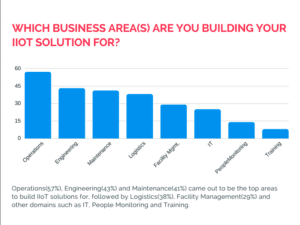
-
IIoT Brings Operations, Maintenance and Engineering Gains
The Mindbowser survey named operations, engineering, logistics, facility management, people monitoring and training as the primary areas that will benefit from the IIoT. For example, the Industrial IoT will improve operational efficiency, productivity and the ability to support current and future operational needs. Similarly, logistics and the supply chain will benefit from real time location systems, better inventory management, and gain in traffic and fleet management. Facility management, too, will deploy environmental sensors to bring about improvements in space optimization, energy monitoring and management, security and safety.
-
The Rise of Analytics in Manufacturing
A key facet of the industrial IoT is the incorporation of analytics. According to a report by research firm MarketsandMarkets, the IoT analytics market size is expected to grow from $7.19 billion in 2017 to $27.78 billion by 2022. This represents a CAGR of 31%. The report names manufacturing-centric areas such as energy management, predictive maintenance & asset management, inventory management and remote monitoring as those in the forefront of the analytics implementation. By analyzing data in real time from ERP, PLM, MES and other systems, manufacturers expect to bring about digital transformation, improve quality, raise efficiency, reduce costs and gain competitive advantage.
-
IIoT Faciliates the Adoption of Digital Twins
Digital twins are virtual representations of real-world equipment or systems. They are made possible by the deployment of hundreds of sensors inside machinery as well as IoT software and analytics. According to Gartner, digital twins will be used in just about every sector of manufacturing within the next couple of years.
Digital twins can significantly improve decision making about enterprise assets. As they are linked to their real-world counterparts, they provide a way to rapidly simulate designs, upgrades and system changes. Such systems are already heavily utilized in power generation applications. They will soon be the norm in aerospace and defense.
The Future of IIoT in Aerospace and Defense
As the industrial sector continues to adopt IIoT, aerospace and defense is at the forefront. From maintenance and engineering to analytics and the digital twin, IIoT is already revolutionizing the industry.

